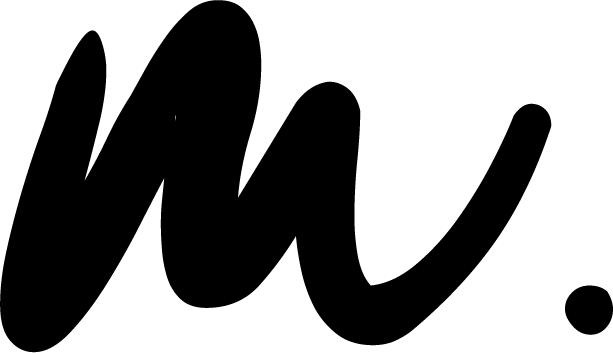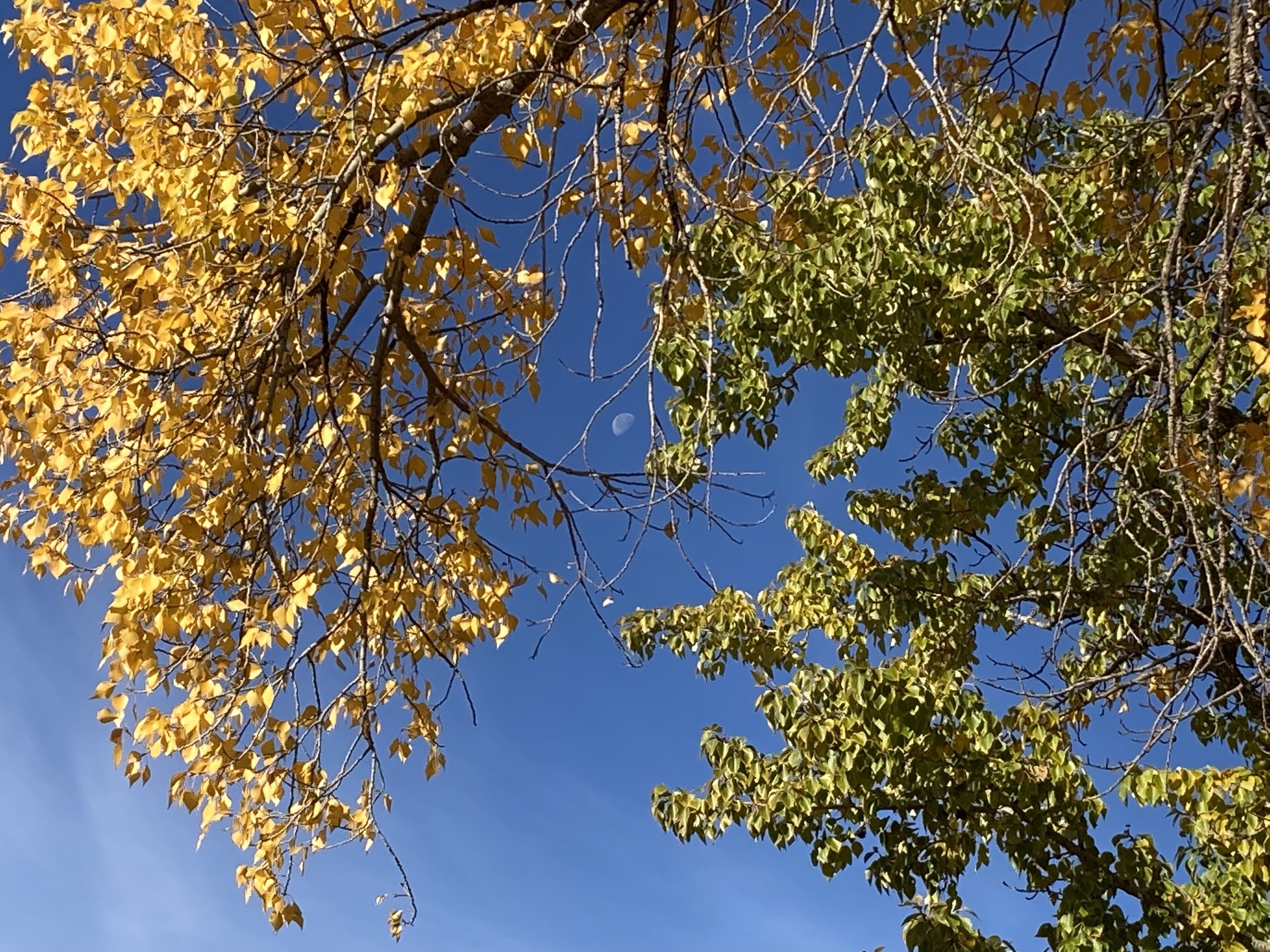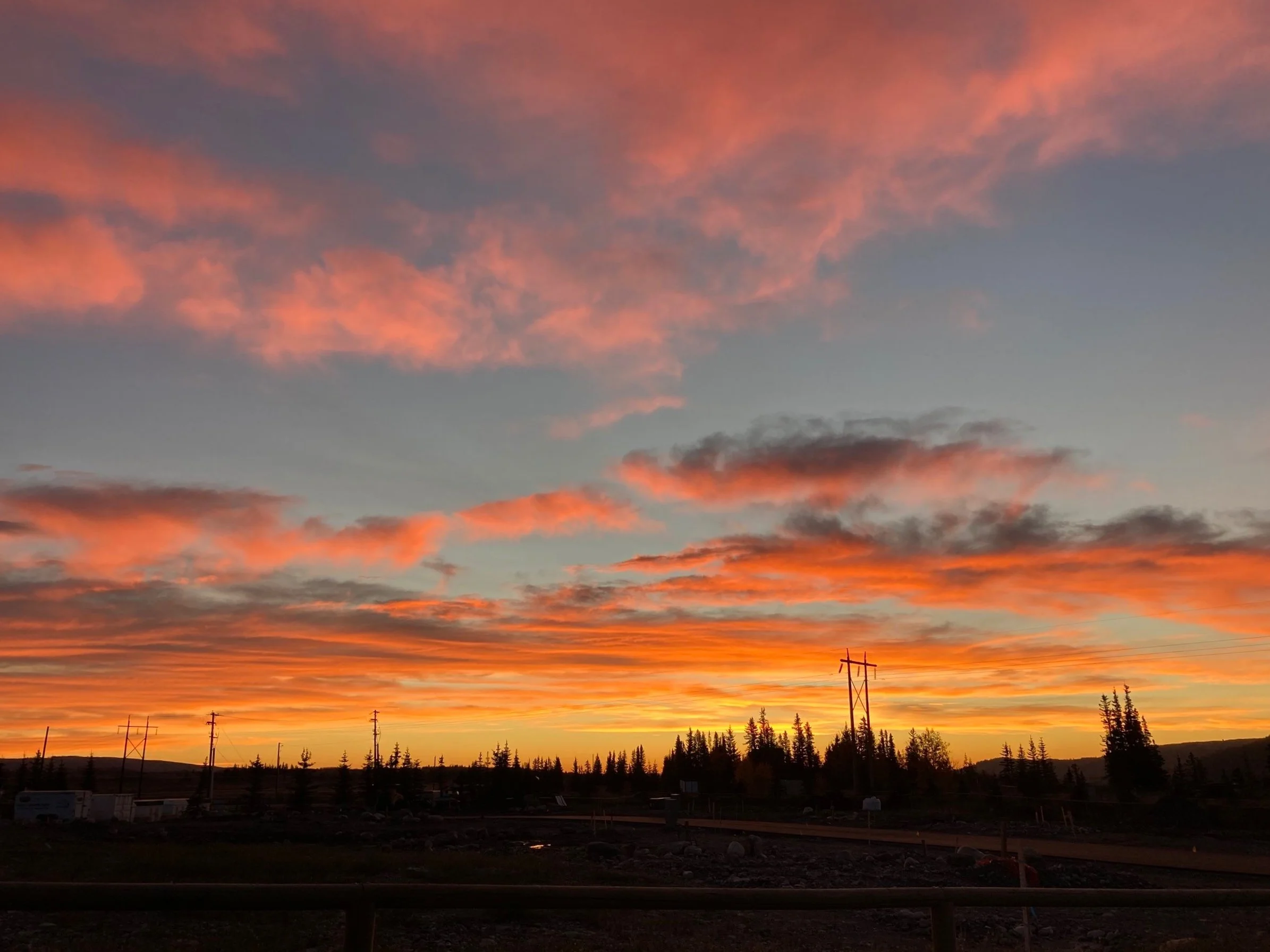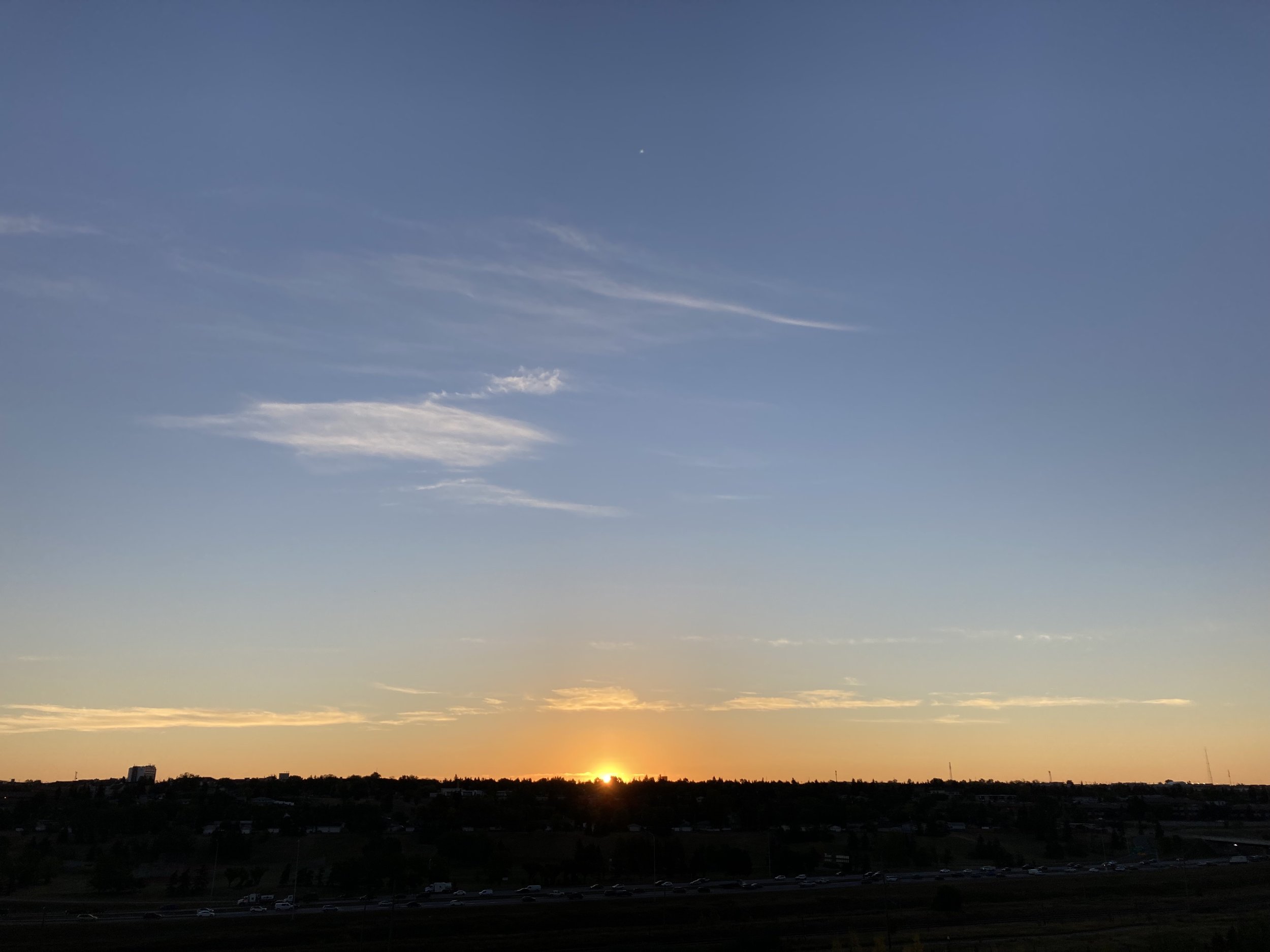This morning I rise at the sound of my granddaughters, Sloane and Theia, awake and in their bedroom, talking to the world through the voices of their stuffed animals. Owls and dragons, and bunnies and bunnies and more bunnies chatter and squeal with delight.
This morning I walk into the living room and see the girls’ orange shirts laid out as school day clothes– today they have their first school assembly for the year. I’ll be in the audience. We’re all aware of the wearing orange shirts at this time of year to show respect and commitment to Truth and Reconciliation with Indigenous peoples. I am aware of the history of Orange Shirt Day, of the truth of residential school harm.
***
This morning my granddaughters eat cinnamon-sugar toast or pancakes with strawberry sauce. They ask me what kids in residential school had for breakfast. I tell them, thin porridge. I describe thin porridge. They are sad to know this is true. They also know the story of Orange Shirt Day.
Phyllis Webstad, 7 years old, proudly chose an orange shirt for her first day of school at Residential School. It was taken away from her at the door. She was given a number and a corresponding shirt which matched everyone else’s shirt. This was a beginning moment for Phyllis. The beginning of harm.
This morning the girls eat breakfast, get dressed and attend to their pet bunnies, Butterscotch and Oreo, who hop out of their hutch to munch on the back lawn of clover. The girls’ bunny love is squeal-y and sincere. I wonder at the contrast between this moment in a 7 and 8 year old girls’ life and Phyllis’ moment.
***
Dear Reader, I do and I don’t know why I’m writing on this topic today. I’m writing on it because my feelings are big, because the truth is in the room with me. I don’t know why I’m writing because I cannot educate anyone. We can only educate ourselves. To be honest, over the past 15 years I’ve been met with much resistance to the truth from settlers.
It is easy to wear an orange shirt.
It is not easy to feel the past and on-going suffering of Indigenous children and their families.
I remember my first-hearing of stories of hunger and starvation from Indigenous peoples who went to residential school. I remember feeling numb at the suffering Indigenous people experienced which began when they were children, at the suffering which continues today through the harm of having children forcibly removed from their parents, language and cultural practices forbidden, punishment justified, neglect unnoticed, horrific abuse allowed, harms hidden from view, harms known and ignored.
***
The school assembly begins with everyone rising and singing O Canada. I understand this choice from a settler perspective. I am unsettled by this choice. I place my awareness in an Indigenous perspective that’s been shared with me: What does it mean to repeatedly honour a country which did not/has not, in fact, stood on guard for Indigenous Peoples?
Waves of nausea crest and break in my gut.
I notice evidence of teachers modelling a willingness to acknowledge and hold truth in meaningful ways. I hear students’ responses to questions as hopeful.
I feel a sense of not-enough.
I remember how difficult this truth is, how many times I experienced parts of it before I began to feel through the whole of it.
***
After the assembly, at home, I cry in private. I allow my tears to remain on my face until they dry.
Where do we find comfort when the truth of history is so awful?
I remember reading Anne Frank’s Diary as a young woman, watching Roots on TV. I asked my mother if it was true. I was a sensitive child, prone to crying and lashing out and asking lots and lots of questions. She told me it happened in the past and I didn’t need to worry about it. It was over. She gave me the kind of comfort she knew how to give. Her father had been a green beret in the army, and two of her brothers. Pain-filled truths are often buried.
I took my youngest son Ben to see The Striped Pajamas when he was 11 at the Metro Cinema in Edmonton. When the movie ended (a heart-wrenching scene of a line of human beings walking into a gas chamber) he looked at me and demanded, “Tell me this isn’t true. Tell me it isn’t true.”
“It is true, I told him. Humans harming each other is so true.” We sat in our theatre seats and wept.
Perhaps comfort is not necessary. Perhaps, instead a commitment to warriorship is needed- the bravery to stand still in the face of whatever arises.
***
Dear Reader,
Can we establish in each of our lives a way of seeking the truth and holding still long enough to know the best action to take for a peaceful/honest/trustworthy future of our children and their children, for the future of humanity?
We aren’t just making up for wrongs.
We are helping to create a world where honesty and integrity are foundational to how we live.
***
I’ve been in many Indigenous circles where the moments after the first day of Residential School are given voice. The complex wounds of history reveal the unimaginable, the truth.
I’m humbled by all the Indigenous people who have been patient with me, with other settlers. I understand why some of them choose not to engage in private or in public with settlers. Some of us do not welcome the acknowledgement of truth, this reckoning we call Orange Shirt Day/Truth and Reconciliation Day. Some of us push away the uncomfortableness, refuse to participate, create a backlash of participation. Some of us are afraid of the re-balancing of power which will occur as Indigenous voices are acknowledged and treated with respect.
I’m humbled by the number of settlers I’ve met who have faced the truth. Some of us welcome honesty. Some of us are interested in re-building integrity, investing in compassion, giving what must be given in order for peace among our peoples.
Some of us are curious about Indigenous Ways of Knowing. Some of us find truth in Indigenous Ways of Knowing.
Some of us are suspicious of any way of knowing which is different from what we’ve been taught from our ancestors. Some of us refuse to question our beliefs, our opinions.
***
I grieve this truth, too: we are in a time of deep-division. We are in a time when our hatred and intolerance of the other is visible as we go about our daily lives. No longer do we live peaceable and isolated lives, only finding out how hatred escalates during news hours and news breaks.
Perhaps this is exactly what we need; to not lose sight of what we all have to lose.
***
Most settlers alive through the residential school years did nothing to stop the harm. Most settlers elected successive governments who, on their behalf, perpetuated the harm of residential school, created more harm in all of our society’s systems, focused on defining Indigenous peoples as sub-human, inferior, deserving of harm in order to integrate them into our society or eliminate Indigenous people altogether.
***
Thank you Phyllis Webstad. Thank you to all of your friends, your children, your grandchildren– all the people who helped you find your voice and all those who have amplified your story.
Thank you Adrian Wolfleg for sitting with students from Sunnyside School, for talking about the importance of making friends with all beings- the animals, plants, people in our neighborhoods.
I am humbled by the guts it takes to begin again and again and again.
***
Phyllis Webstad’s Orange Shirt day, now co-opted or honoured (perhaps both) by the Government of Canada in their declaration of September 30 as the National Day of Truth and Reconciliation, may begin another beginning.
So much depends, now, upon an orange shirt.



































